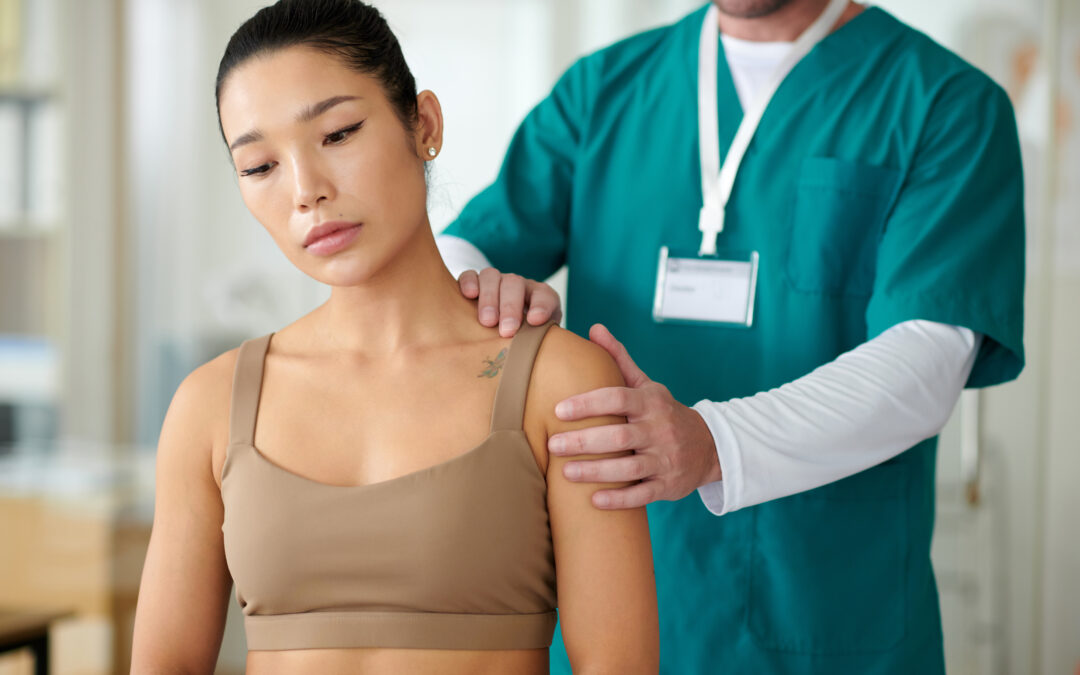The PEACE & LOVE Protocol: The Latest in Soft Tissue Injury Management
Have you ever wondered what to do after a soft tissue injury? At Be Better Chiropractic, we understand that effective recovery is crucial for your well-being. Knowing the latest protocols can significantly improve your recovery process. The PEACE & LOVE protocol is a modern, evidence-based approach that has evolved from the traditional RICE method (Rest, Ice, Compression, Elevation)
The PEACE & LOVE protocol is designed to address both the immediate and longer-term management of soft tissue injuries. This approach emphasises the importance of understanding the body’s natural healing processes and incorporating active recovery strategies to promote optimal recovery outcomes.
PEACE (Immediate Care after Injury):
- Protection: Limit movements that increase pain for 1-3 days after injury to prevent further injury or aggravation. You can also utilise things such as crutches for leg injuries, slings for arm injuries and braces.
- Elevation: To reduce swelling, Elevate the injured area above the level of your heart. This can also reduce the pain in the affected area.
- Avoid Anti-Inflammatory Modalities: During the acute phase of injury, anti-inflammatories can hinder the natural healing process. Simple analgesics are beneficial for pain relief during this phase.
- Compression: Providing compression in the forms of braces, bandages and/or taping can reduce the amount of excess local swelling and prevent inflammation within the injured area.
- Education: Speak with your chiropractor or healthcare practitioner about the injury to get recommended guidelines, for recovery and expected outcomes, this will allow you to recover faster and get back to living life at your full potential.
LOVE (Subsequent Care):
- Load: Gradually reintroduce movement and load to the injured area to benefit the healing process and stimulate tissue repair for most soft tissue injuries, if this is within pain levels. Remember, motion is lotion.
- Optimism: Research indicates that your mental state can significantly impact recovery outcomes. Maintaining a positive and realistic outlook can enhance your healing process, as the brain plays a crucial role in recovery.
- Vascularisation: Increasing blood supply to the affected area ensures more oxygen and nutrients are utilized for tissue healing. This can be done by moving and working the joints, muscles, and other soft tissues around the injured site.
- Exercise: Continued, controlled exercise within pain limits is key to restoring mobility, building strength, and preventing further injury.
Why PEACE & LOVE?
Recent research has shown that while the RICE protocol focuses on reducing inflammation and swelling, these elements are crucial for the body’s natural healing process. The PEACE & LOVE protocol emphasises the importance of early mobilisation and active recovery, which have been proven to lead to better long-term outcomes.
Implementing PEACE & LOVE in Your Recovery
- Immediately After Injury:
- Protect the injured area.
- Elevate the limb.
- Avoid anti-inflammatory medications and ice.
- Apply compression.
- Educate yourself on active recovery.
- In the Days Following the Injury:
- Start gentle movements and loading exercises as soon as pain allows.
- Maintain a positive outlook.
- Engage in pain-free aerobic activities.
- Introduce rehabilitative exercises to restore strength and mobility
By following the PEACE & LOVE protocol, you can achieve a more effective and comprehensive recovery from soft tissue injuries. At Be Better Chiropractic, we are dedicated to utilising the latest evidence-based practices to support your healing journey.
References:
1. Dubois, B., & Esculier, J. (2020). Soft-tissue injuries simply need PEACE and LOVE. British Journal of Sports Medicine, 54(2), 72-73.
2. van den Bekerom, M. P. J., Struijs, P. A. A., Blankevoort, L., et al. (2012). What is the evidence for rest, ice, compression, and elevation therapy in the treatment of ankle sprains in adults? Journal of Athletic Training, 47(4), 435-443.

